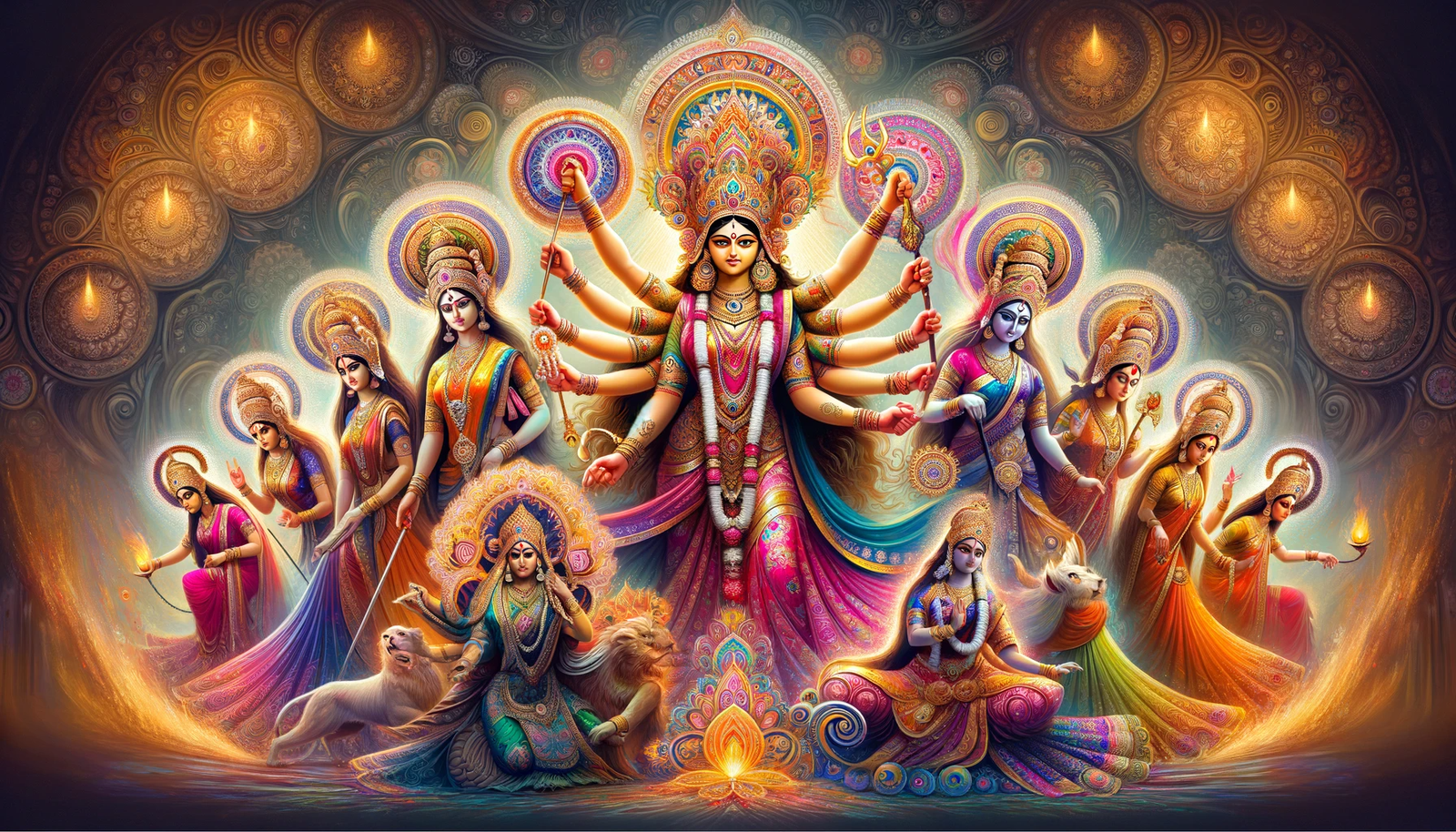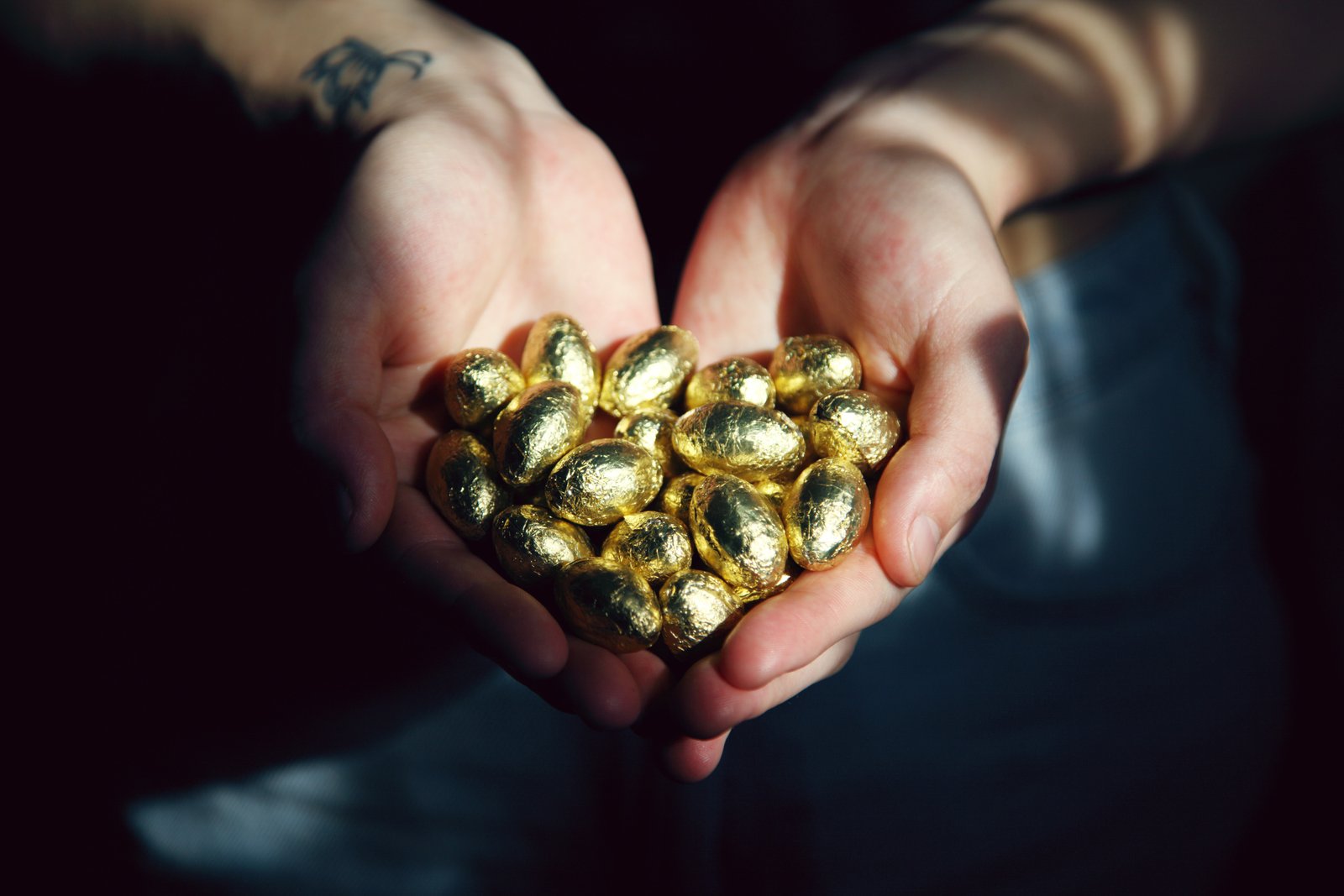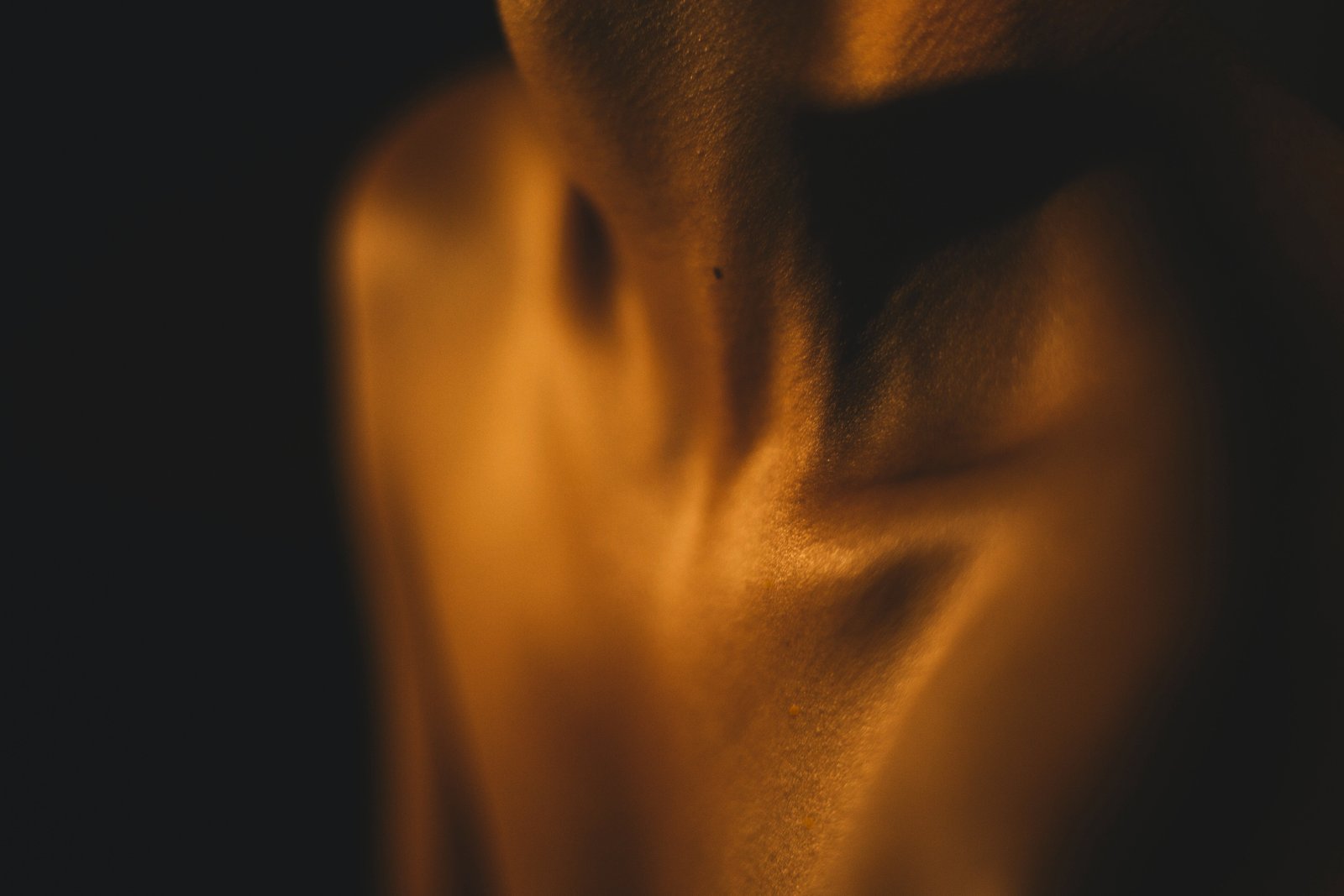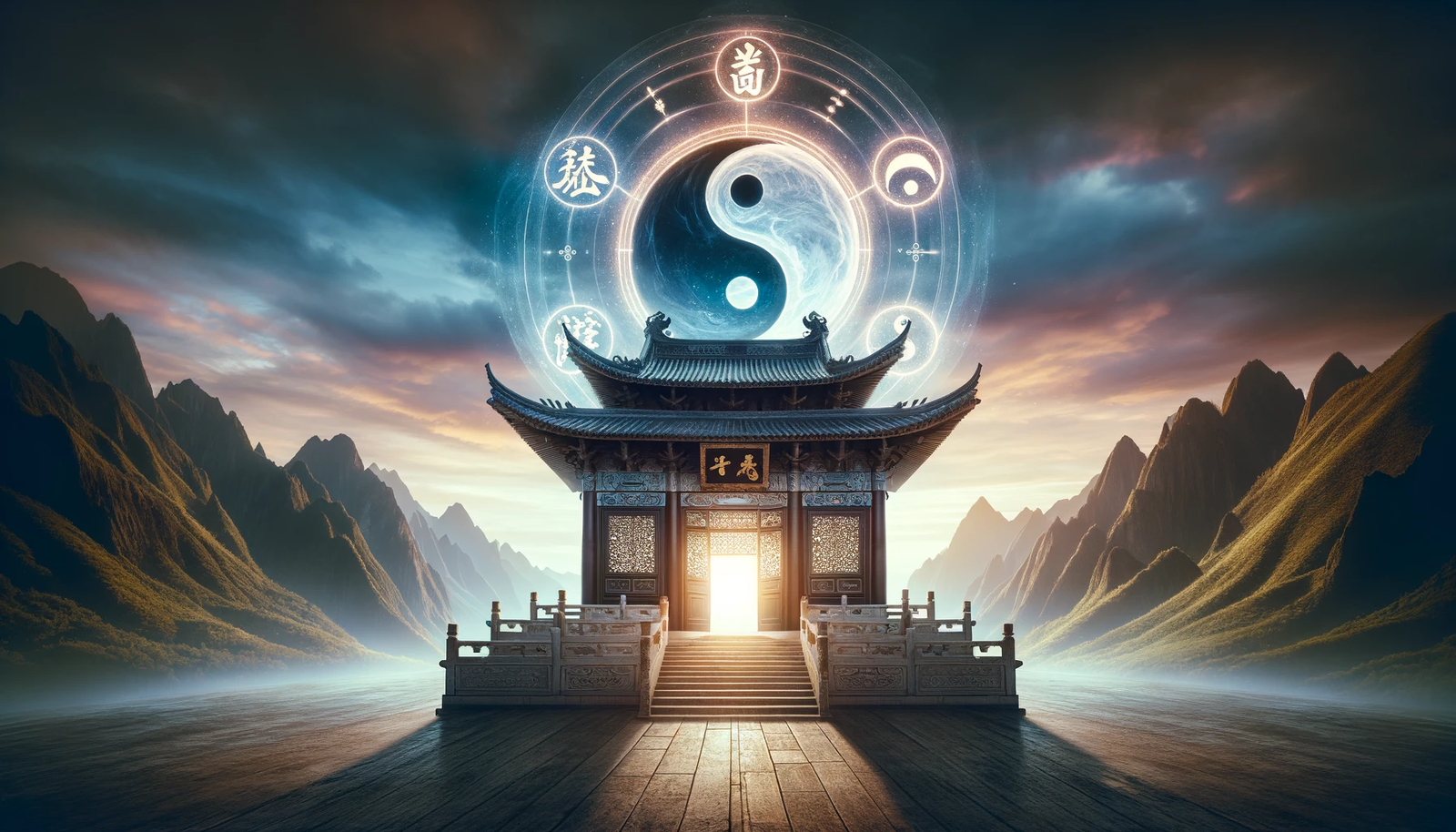The Mystical Navadurga: Understanding Goddess Durga’s Nine Avatars!
The Divine Essence of Navadurga
Goddess Durga, the epitome of feminine power and strength, is worshipped in her various forms during the auspicious festival of Navratri. Among these forms, the Navadurga, or the nine avatars of Durga, hold a special place in Hindu mythology. Each avatar represents a different aspect of the goddess and offers unique blessings to her devotees.
Let’s delve into the mystical world of Navadurga and explore the significance of each avatar:
1. Shailaputri: The Daughter of the Mountain
Shailaputri is the first form of Navadurga, symbolizing the power of the mountains. She is depicted as a serene goddess holding a trident and riding a bull. By worshipping Shailaputri, one can seek strength, stability, and the courage to overcome obstacles.
Legend has it that Shailaputri was reborn as Goddess Parvati, the consort of Lord Shiva. Her divine energy is believed to cleanse our mind and body, preparing us for spiritual growth.
2. Brahmacharini: The Ascetic Goddess
Brahmacharini, the second form of Navadurga, represents the pursuit of knowledge and wisdom. She is depicted as a goddess holding a rosary and a water pot, signifying her devotion and penance. By worshipping Brahmacharini, one can attain self-control, courage, and the ability to make wise decisions.
It is said that the goddess observed severe penance to obtain Lord Shiva as her divine consort. Her determination and focus inspire us to stay committed to our goals and walk the path of righteousness.
3. Chandraghanta: The Radiant Goddess
Chandraghanta, the third form of Navadurga, derives her name from the half-moon shape of her adorned forehead. She is depicted with ten hands, each carrying divine weapons and blessings. By worshipping Chandraghanta, one can experience peace, prosperity, and protection from negative energies.
Legend has it that the goddess destroyed evil forces and demons, symbolizing the triumph of good over evil. Her grace and radiance fill our lives with positive vibrations and shield us from harm.
4. Kushmanda: The Creator of the Universe
Kushmanda, the fourth form of Navadurga, is believed to have created the universe with her divine smile. She is depicted as a goddess with eight hands, carrying weapons and a rosary. By worshipping Kushmanda, one can gain strength, vitality, and a sense of well-being.
According to mythology, the goddess created the cosmic egg, giving birth to the universe. Her immense energy and creative power inspire us to tap into our own potential and manifest our desires.
5. Skandamata: The Mother of Skanda
Skandamata, the fifth form of Navadurga, is the mother of Lord Skanda, also known as Kartikeya. She is depicted holding her infant son in her lap. By worshipping Skandamata, one can receive blessings for a harmonious family life, maternal love, and protection.
Legend has it that the goddess nurtured and protected Lord Skanda, instilling in us the importance of love and care for our children. Her divine presence strengthens the bond between parents and their offspring.
6. Katyayani: The Warrior Goddess
Katyayani, the sixth form of Navadurga, is the fierce warrior goddess who destroyed the demon Mahishasura. She is depicted riding a lion and holding a sword. By worshipping Katyayani, one can gain courage, strength, and victory over enemies.
According to mythology, the goddess was born as the daughter of sage Katyayan and emerged to vanquish evil forces. Her warrior spirit inspires us to fight against injustice and protect the weak.
7. Kalaratri: The Dark Goddess
Kalaratri, the seventh form of Navadurga, is the embodiment of fierce power and destruction. She is depicted with a dark complexion, disheveled hair, and a fierce expression. By worshipping Kalaratri, one can overcome fear, negativity, and obstacles on the spiritual path.
Legend has it that the goddess annihilated demons and evil forces, symbolizing the triumph of light over darkness. Her intense energy helps us confront our inner demons and emerge stronger.
8. Mahagauri: The Radiant Goddess
Mahagauri, the eighth form of Navadurga, represents purity and serenity. She is depicted as a beautiful goddess dressed in white, symbolizing her immaculate aura. By worshipping Mahagauri, one can attain inner peace, spiritual growth, and purification of the mind and body.
Legend has it that the goddess performed severe penance to obtain Lord Shiva as her consort. Her divine grace purifies our being and helps us let go of negativity, paving the way for spiritual awakening.
9. Siddhidatri: The Bestower of Siddhis
Siddhidatri, the ninth and final form of Navadurga, is the bestower of divine blessings and supernatural powers. She is depicted with four arms, holding a discus, conch shell, mace, and lotus. By worshipping Siddhidatri, one can attain spiritual enlightenment, success, and fulfillment of desires.
According to mythology, the goddess grants siddhis, or divine powers, to her devotees. Her benevolent presence empowers us to realize our true potential and manifest our dreams.
In Conclusion
The Navadurga, with their distinct qualities and blessings, offer devotees a path to spiritual growth, strength, and fulfillment. By understanding and worshipping each avatar, we can connect with the divine energy of Goddess Durga and experience her transformative power in our lives.
During Navratri, let us embrace the mystical essence of Navadurga and seek their divine guidance, protection, and blessings.



